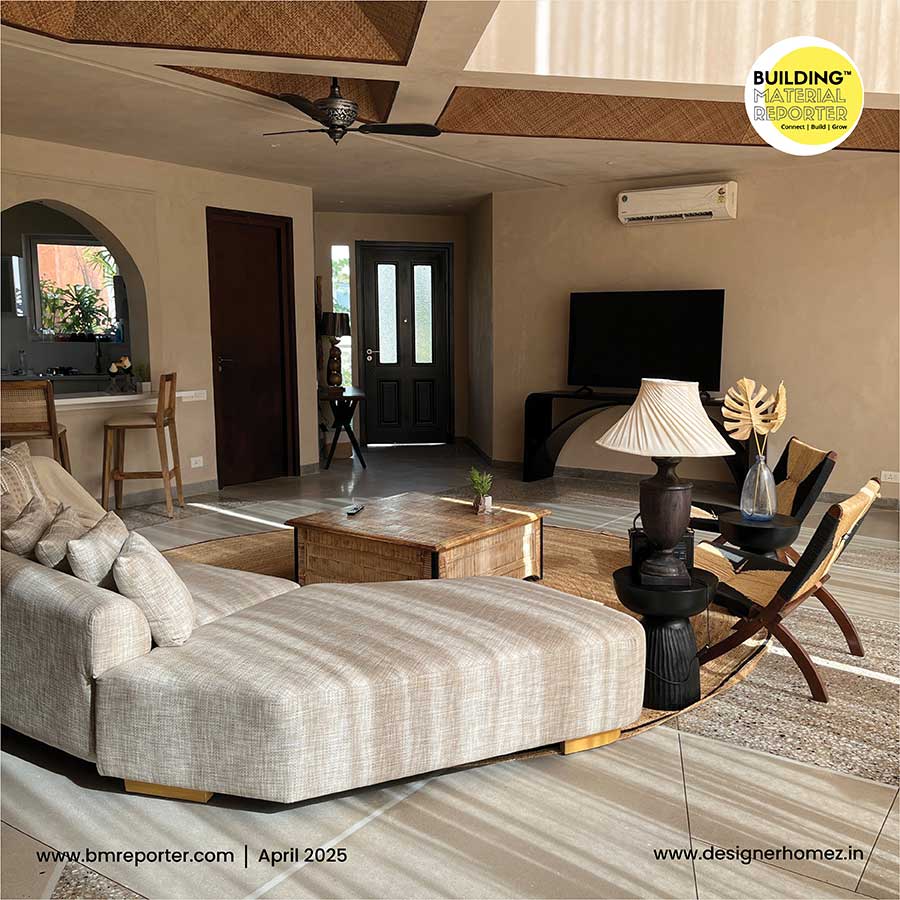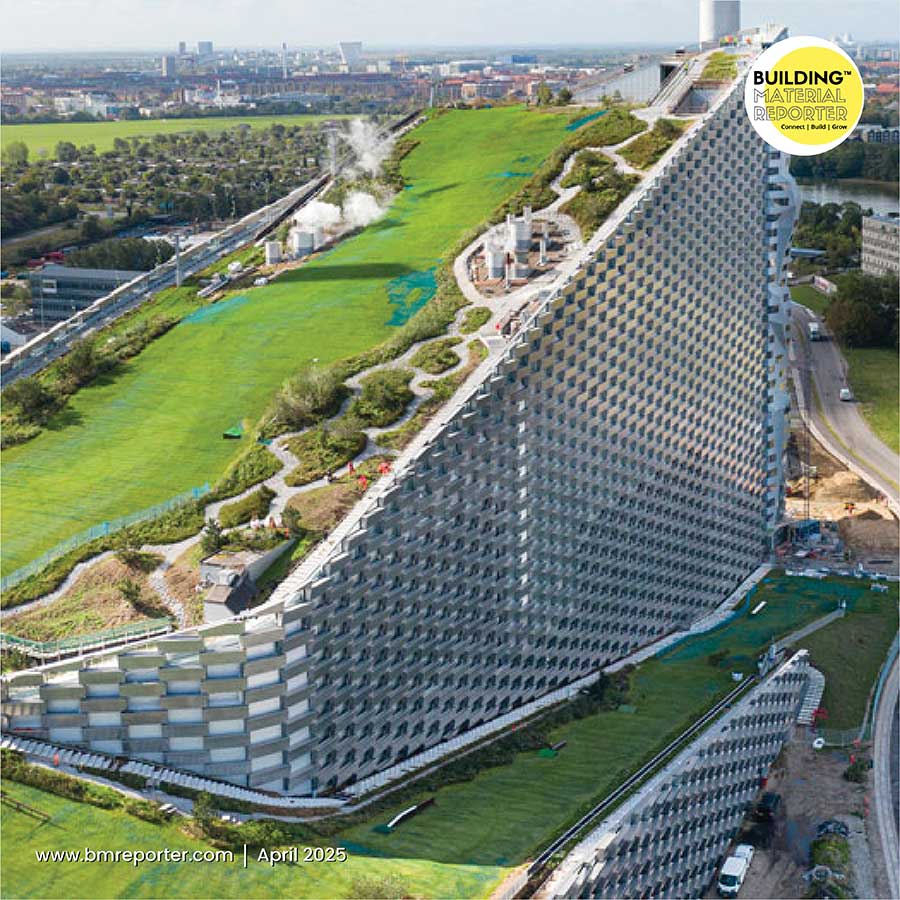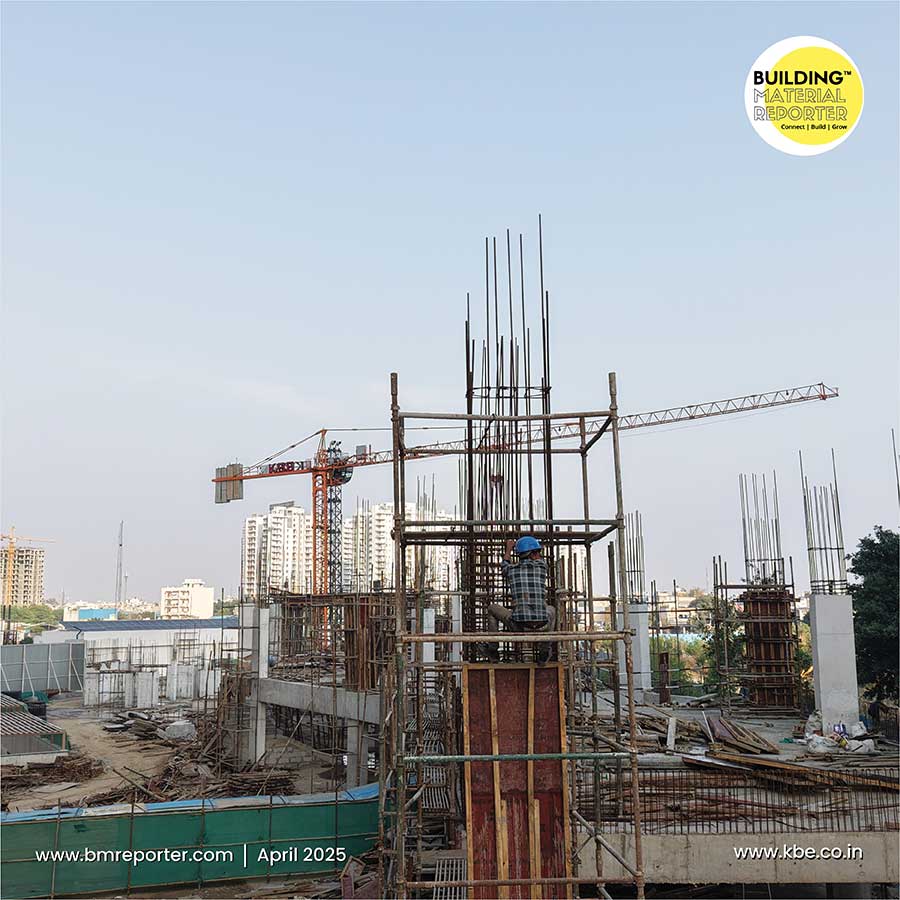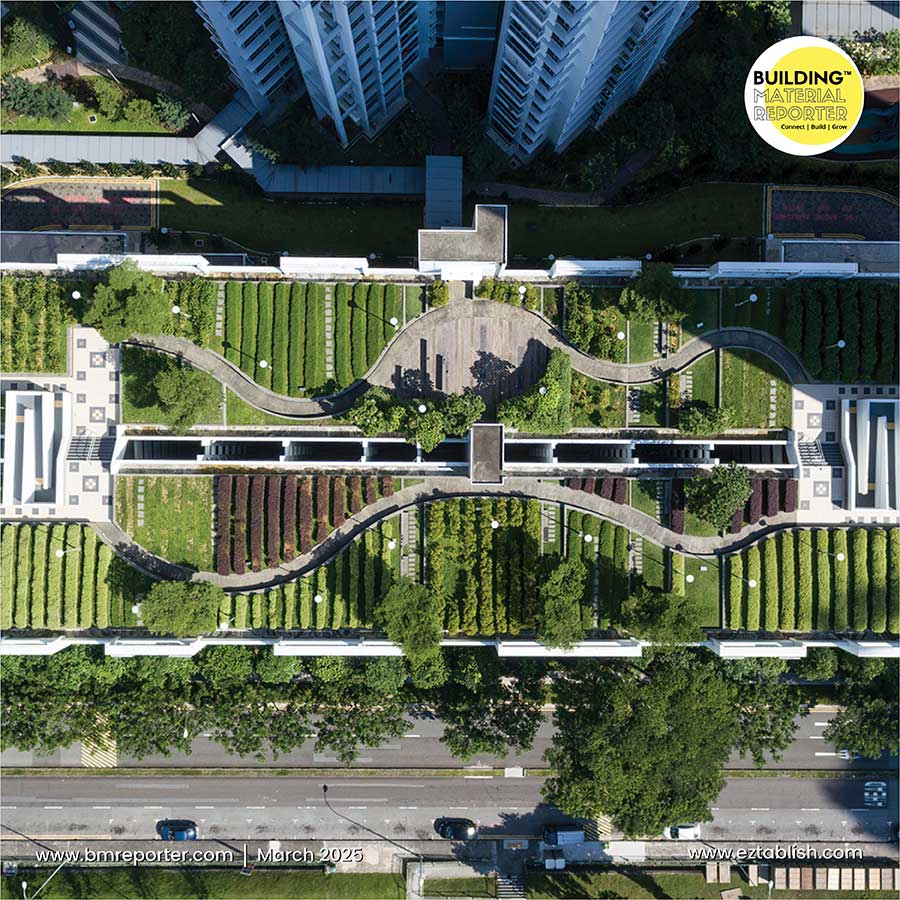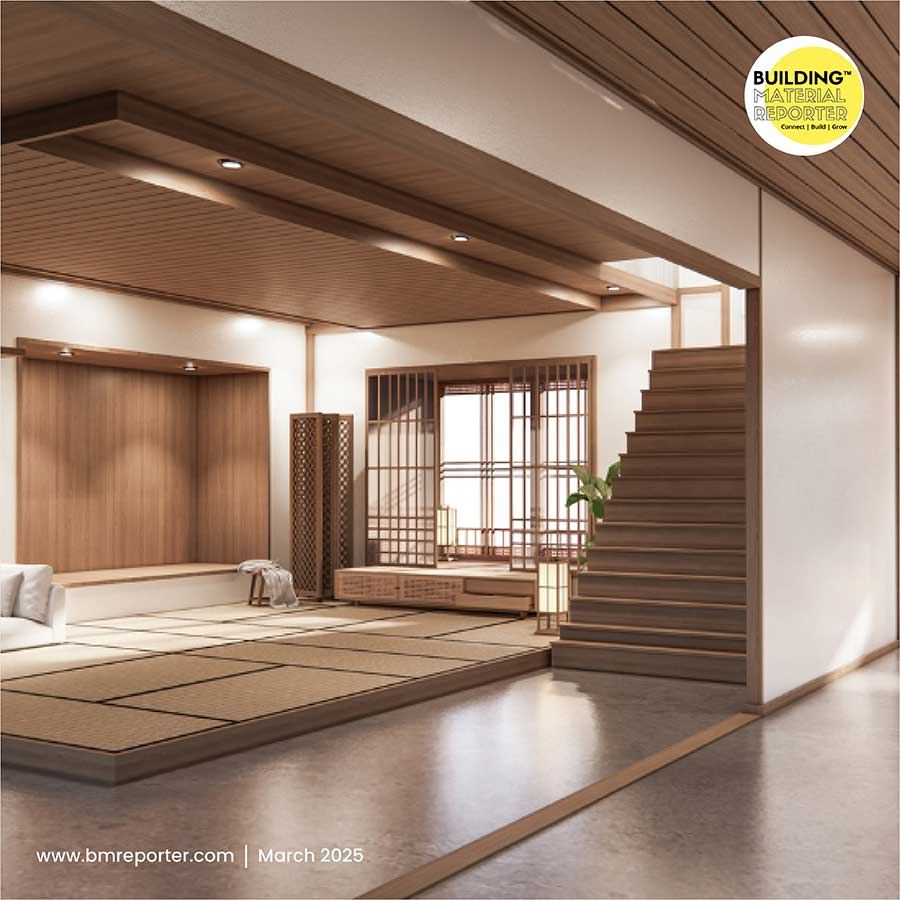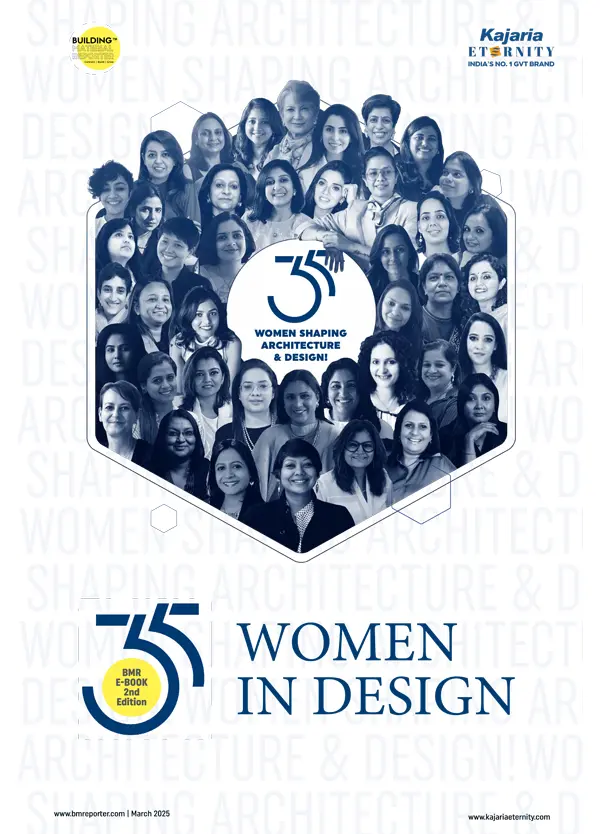Pavilions that Inspire: Must-See Architectural Marvels of 2025
- April 8, 2025
- By: Priyanshi Shah
- INFLUENCERS
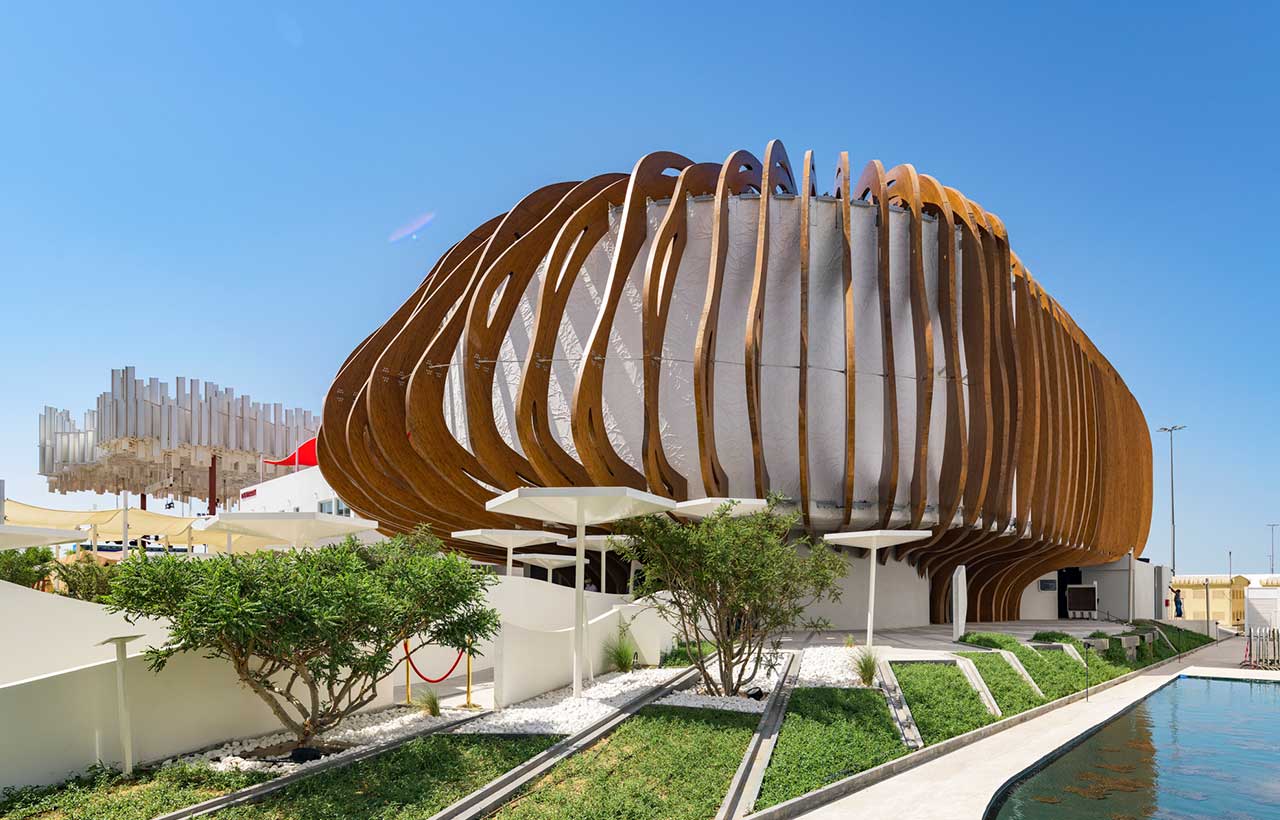 Architectural pavilions are the future of design and ways to perceive the innovation and technology in modern times. They are temporary structures passionately designed to showcase the designer’s creativity and innovation in a given limited time. It crosses the boundaries of pre-conceived notions, trying new methods and techniques that help to enhance the human lifestyle. These structures are best to showcase new materials, recycled or experiment with existing skills to create something different shaping the architecture of tomorrow.
Architectural pavilions are the future of design and ways to perceive the innovation and technology in modern times. They are temporary structures passionately designed to showcase the designer’s creativity and innovation in a given limited time. It crosses the boundaries of pre-conceived notions, trying new methods and techniques that help to enhance the human lifestyle. These structures are best to showcase new materials, recycled or experiment with existing skills to create something different shaping the architecture of tomorrow.
The Role of Pavilions in Showcasing Innovation: The architectural pavilion serves as an interactive space for architects to showcase innovation in architecture and design. Historically, the Crystal Palace (1851) portrays the industrial revolution’s technology with the use of steel and iron, while the geodesic dome at Pavilion of the Future (1967) at Expo 67 in Montreal, designed by Buckminster Fuller, features future design concepts. Today, the architecture pavilion features modern design strategies focusing on sustainability, green features, parametric design, use of eco-friendly materials, testing new materials and influencing the construction techniques.
Why 2025 is a Landmark Year for Architectural Design: With global impacts, collaboration, and a focus on sustainability, the architecture design in 2025 will be a landmark for the future. As environmental concerns are growing, as a designer, it is important to consider the strategies and conscious design that improve the lifestyle of the user in modern times. With the help of new age technology - Artificial Intelligence (AI), BIM, Parametric tools, and user-centric approaches the built form will be efficient and sustainable.
Redefining Creativity: Emerging Trends in Pavilion Architecture
 With the modern social media era, we should rethink creativity and how it will change the trend in pavilion architecture.
With the modern social media era, we should rethink creativity and how it will change the trend in pavilion architecture.
Sustainable and Eco-Friendly Pavilion Designs: Given global concerns on climate change and its impact on the environment, designers need to understand he underlying principles of sustainable and eco-friendly pavilion design. The use of local materials, resource management, and circular economy approaches while considering the building materials and cutting-edge technology for construction results in a minimal environmental impact.
Technological Integration: Smart and Interactive Pavilions: To create dynamic and informative architectural pavilions, smart technology and user interface strategies are used to curate interactive space. With the combination of smart lighting, temperature control, Augmented and virtual reality, and motion sensors, it enriches the user experience.
Why Pavilion?
Architectural pavilions are vibrant temporary structures serving as a platform for designers and industry experts to exhibit, collaborate and showcase new cutting-edge technology. Embodying the global preferences, technological advancement, cultural expression and user experience, architectural pavilions as a concept are becoming famous all around the globe.
Highlighting Unique Pavilion Concepts from Around the Globe
The Japan Pavilion – Expo 2020 DubaiIt featured a cloud-shaped floating structure built from a hundred pieces of wood, a zero-carbon emissions structure that expressed Japan’s commitment to sustainability and technology. With user-centric installations, AI-powered exhibits, visitors experienced interactive surroundings.
The UK Pavilion – Expo 2010 Shanghai: The concept of multi-sensory experience was widely expressed with the movement of people integrating a sensory light and sound system, focusing on the future planning of cities. Designed and constructed with sustainable materials, this pavilion showcased the latest LED technology.
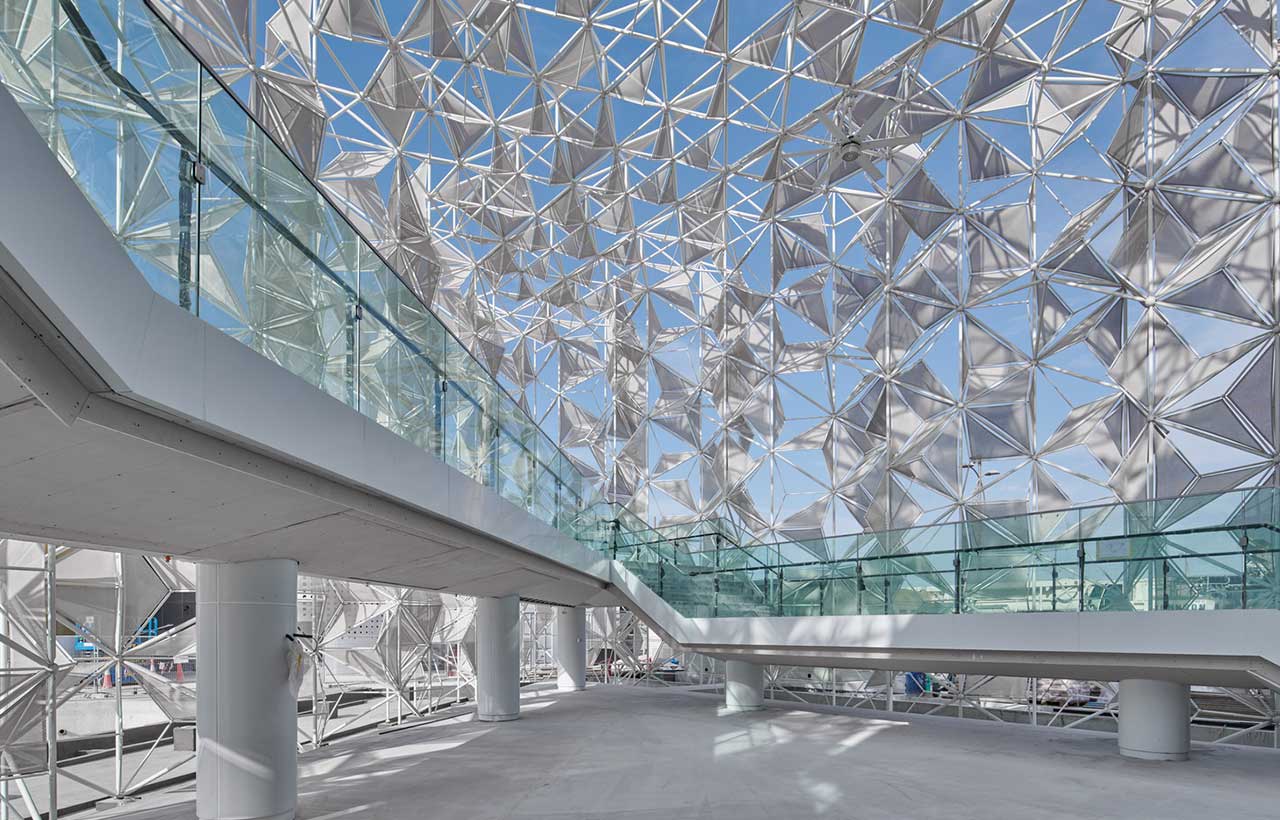
Spotlight on Groundbreaking Designs by Emerging Architects
BIG (Bjarke Ingels Group)- The Amager Resource Center, Denmark: BIG is known for thinking outside of the box and creating exceptional structure that respects and honour the context. The Amager Resource Center incorporates a ski slope on the roof, creating a recreational space in an urban setting. It blends industrial use and recreational space, serving a multipurpose functional design.
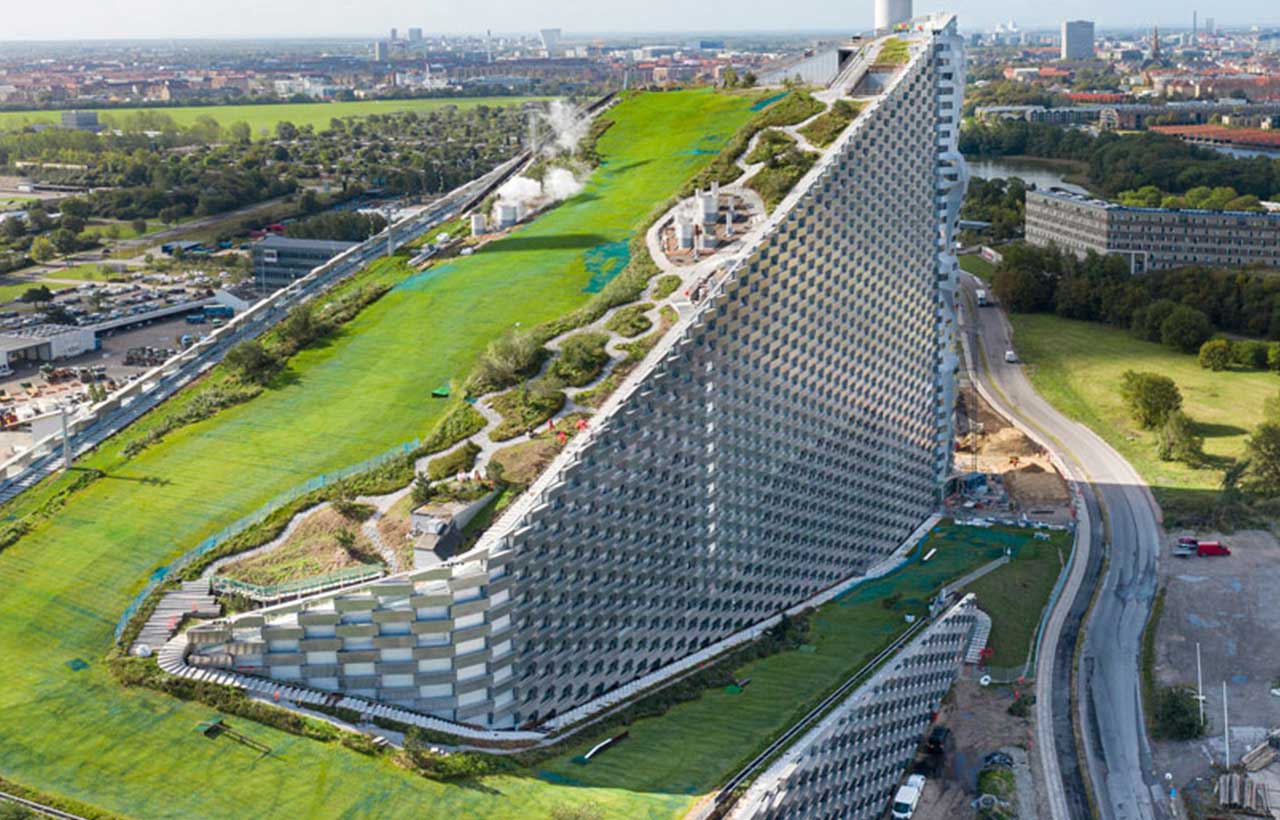
Tadao Ando (Japan) – The Ando Museum, Japan
Tadao Ando (Japan) – The Ando Museum, Japan: The Ando Museum is an extravaganza of light and concrete with the minimalist approach focusing on nature, light and space. The light dramatically enters the structure, creating a serene and meditative aura. Exploring simplistic forms and sensory experience, this museum deeply connects with its surrounding context.
Exploring Functionality: Beyond Aesthetic Appeal
Architectural pavilions are transient structures, thus, the design must be functional, not just visually aesthetic.
How Pavilions Serve Communities and Cultural Narratives: In modern design, the role of pavilions is beyond exhibits, it is a safe place for creating cultural discourse, community gathering and shaping cultural expressions. Through legacy, heritage, values and social movements, pavilions can honour the cultural identity, respect the art forms and materials that engage visitors in creating cultural difference.
Multi-Use Spaces: Merging Art, Technology, and Utility: Fostering art, technology culture, architectural pavilions can be used as multi-use spaces. Showcasing different perspectives and global challenges, it helps to reflect on healthy practices that are overlooked.
The concept of zero waste, resource management, green technology, and recycled and smart technology integration provides a space for architectural innovation.
The Rise of Biomaterial Pavilions
In recent years, bio-material pavilions are raising awareness where organic materials, waste products and living organisms define the shift in architectural design in 2025.
Advancements in Biomaterials for Pavilion Construction: The growing concern of environmental impact due to the construction industry, the use of bio-material serves as a viable strategy to reduce carbon foot print. With recent advancements in biotechnology and material science, new innovative materials are being procured, such as mycelium (fungal-based materials) to algae, bamboo, and waste-based materials, to create innovative and organic forms.
Real-World Example of Innovative Biomaterial Pavilions: Studio Aditya Mandlik designed a pavilion that combines bio-intelligence with traditional notions of architecture. He experimented with bio-synthetic materials with an expression to create a futuristic nature-inspired intelligent structure. Adopting sustainability and the use of synthetic materials reflects the process of regenerative design as the ecological solution for the environment. This Pavilion envisions a future where design transcends human-centred thinking, fostering deeper collaboration with nature as Bio-intelligence.
Learning from the Past: Influences on 2025 Designs: Diverse architectural styles and movements such as modern minimalistic featuring clean, clear and simple forms, sustainability and green architecture from the early 60s influenced the integration of nature, influencing today’s use of Bio-material and regenerative design. The architecture of 2025 blends modernism, art, bold colours, innovation, and user-centric designs that are functional and visually aesthetic.
Famous Pavilion Architects Who Continue to Inspire
Shigeru Ban - 2010 Expo Pavilion in Shanghai: Designing with paper tubes and cardboard, Shigeru Ban merges sustainability with minimalism and functionality, creating eco-friendly solutions. He is known for his disaster relief shelters, low-cost structures and paper tube designs that influence contemporary design.
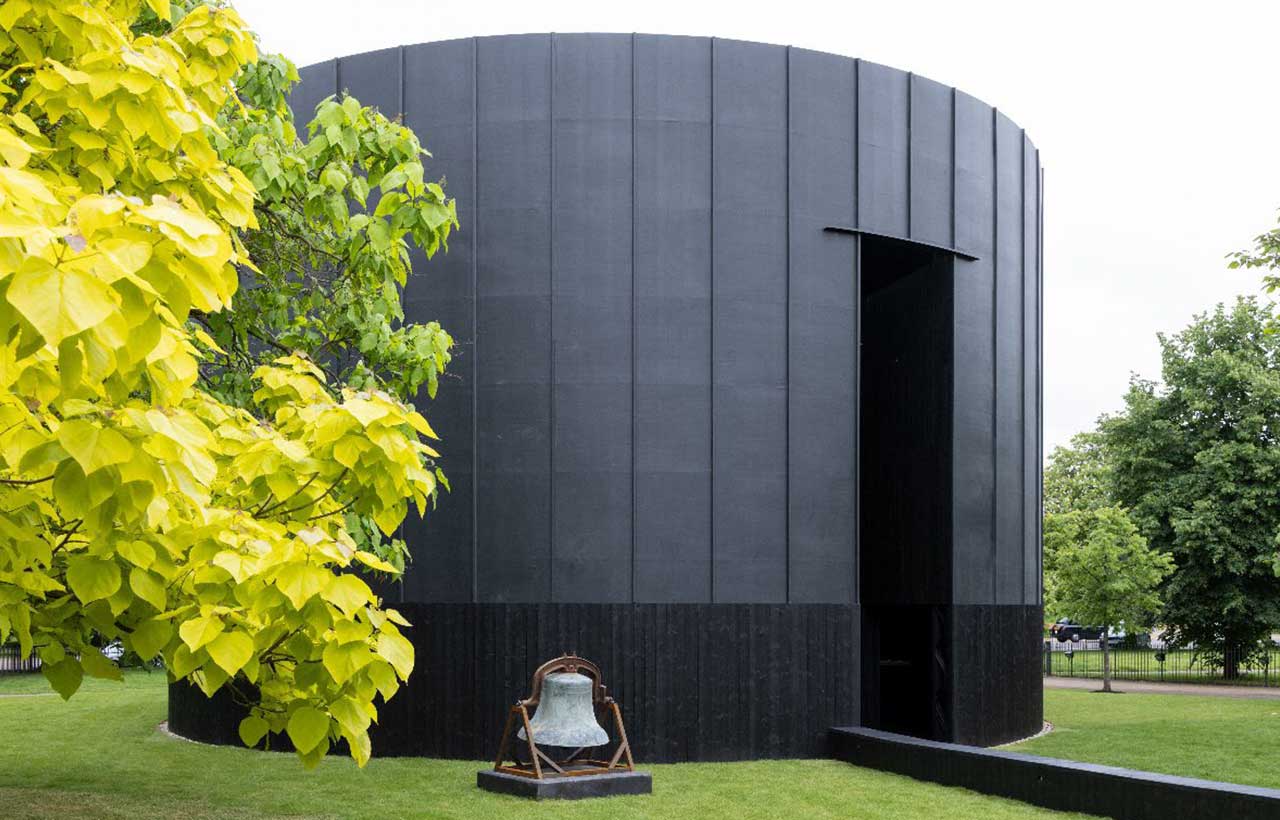
David Adjaye- Serpentine Pavilion (2009): Reflecting on cultural identity, David Adjaye designed a Serpentine Pavilion in 2019 from natural materials like timber that employs geometry and structured design. It is a human-centred design that describes community engagement and cultural identity.
What’s Next? Anticipating the Future of Pavilion Design: As we look ahead, we can find inspiration from past and futuristic technology that will shape the future of architectural pavilion design.
AI and Parametric Design in Pavilion Architecture: Interactive pavilions designed with the use of AI and AR or VR will transform the perception of interaction, adaptability and responsiveness, creating an engaging environment. It will result in a dynamic architecture that shapes itself and transforms according to people’s movement.
The Potential Impact of Urban and Environmental Challenges: As cities grow, architects and designers need to address the global challenges that are impacting the Urban environment. To handle those issues, architectural pavilions can be directed to create sustainable, eco-friendly and inclusive designs integrating climate responsiveness, waste management, water conservation, and cultural identity shaping, a mindful future and personalized experiences.
Conclusion
Architectural pavilion shapes the future of innovative design, transformative architectural styles and human-centric strategies. With the use of sustainability principles, smart technology, organic materials, and resource efficiency and circular economy, the architectural pavilions illustrate the design of the society. By embracing these technologies, bio-material, sustainable features and a modern approach, architectural pavilions will become more than a temporary structure serving as a symbol for change and growth.
Frequently Asked Questions (FAQs)
What are architectural pavilions, and why are they significant?
Architectural pavilions are temporary structures that reflect a city’s cultural identity, global challenges, and promote experiential and innovative design.
What makes Expo 2025 Osaka a must-visit event for architecture enthusiasts?
Innovative masterplan by Sou Fujimoto, Expo 2025 Osaka is a must-visit place to witness the unique ring roof representing cultural identity and sustainability.
How are sustainability and technology influencing modern pavilion architecture?
Exploring the innovative ideas, cutting-edge technology, and experimental strategies with the intent to nurture, preserve and help to resolve global challenges, sustainability and technology influence modern pavilion architecture


